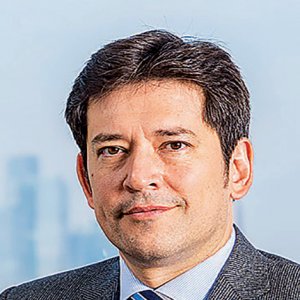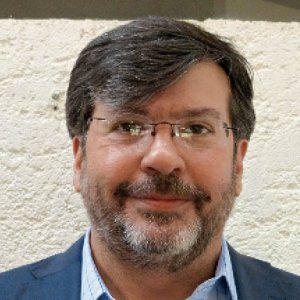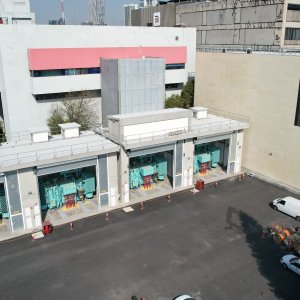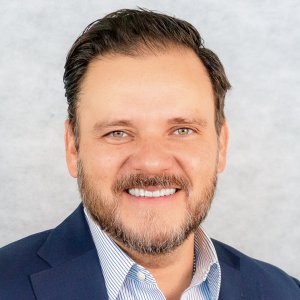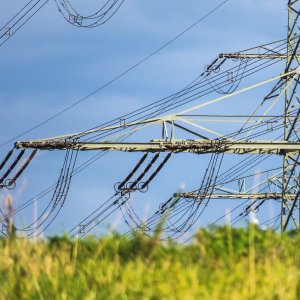Icelandic Financing Expertise Detonates Geothermal Sector

Q: Reykjavik Geothermal’s reputation in the industry is unparalleled, with projects in challenging environments such as Ethiopia and Papua New Guinea. What was attractive about Mexico and why now?
A: Mexico has tremendous geothermal resources from a technical standpoint. Reykjavik Geothermal focuses on the most promising resources around the world, adjusting priority to political and economic landscape. The company started pursuing Mexico four years ago after COP 16, when the President of Mexico committed to a 35% contribution of renewable energy to the national energy mix by 2024. For Mexico to hit that 35% target, it was clear from our analysis that geothermal was going to have to become more accessible. We have a background in understanding the renewable energy mix and the possibilities it offers in various places. As a private geothermal developer operating around the world, it was obvious to Reykjavik Geothermal that Mexico was going to present one of the most tremendous opportunities for geothermal development worldwide. The industry is moving forward but not as fast as it could have.
Q: What needs to happen, from a public sector standpoint, to unlock Mexico’s geothermal potential?
A: The Energy Reform is boosting the industry, and it includes a specific geothermal law as part of the secondary regulations. Mexico’s problems with geothermal were because of an absence of laws, which is not an uncommon situation for Reykjavik Geothermal to run into. Experienced parties tend to believe they know how to develop geothermal, but it was virtually impossible to create a process to get the approval to do it here. The most obvious issue, which is now being addressed, is the CONAGUA permitting process.
CONAGUA had authority over geothermal fluids but had no significant experience or process for permitting geothermal. That has been the underlying problem for several years. Other than this issue, the regulatory barriers in Mexico were not really obstacles but catalysts in moving forward. A similar problem in developing countries is having separate agencies with separate interests, making it hard to align everyone. Some of the staff in Mexican public agencies spent time internally aligning the various agencies, and it is clear that CONAGUA wants to establish a permitting process. There is a genuine interest in boosting investment in the country, so geothermal is seen as one of several possible opportunities for economic advancement and power development in Mexico.
Q: What common vision did you see in Mexxus Drilling for the development of Ceboruco and the future of geothermal in Mexico?
A: Mexxus Drilling is a young company but it has become well- established in the industry. It had the foresight to recognize that private development was going to expand and create more market opportunities. Mexxus Drilling’s commitment to geothermal was clear, as was our own. As a result, in 2011 we formed a joint venture to identify and develop a geothermal concession in Mexico, with the expertise for identifying the appropriate location from a technical and social standpoint. It is now well-known that our concession is in Ceboruco, Nayarit. With the support of the governor of Nayarit, it was easy to analyze the region knowing that there are several opportunities in the state. We chose what we thought was the best technical resource leveraging our Icelandic expertise and corresponding activities around the world.
We examined prior publications about geothermal energy in Mexico, analyzed the macro landscape, performed site surveys and several forms of scientific studies in order to narrow the site down to one concession area. We looked at ten locations, filtered those to two, and then chose Ceboruco. The project was sanctioned by CRE some time ago. It is not moving as fast as we would like but we also recognize that as a pioneering projects we are interacting with agencies at the national, state, and municipal levels that are not familiar with the opportunity that geothermal power presents. Reykjavik Geothermal is extremely happy with our JV with Mexxus Drilling to develop Ceboruco and we will also look to significantly expand our activities in Mexico.
Q: How important is the risk minimizing program set up by NAFINSA and the IDB?
A: From a financial standpoint, Mexico is in a unique situation. Without exceeding its borders, it has the ability to diversify development risk. NAFINSA, IDB, and Munich RE understand that. Geothermal development is one of the riskiest types of power development, but this diversification provides a considerable opportunity to create financial structures to facilitate development. They are implementing a program to address a historical fundamental problem with geothermal, which is the initial outlay of US$25 million that needs to be spent before a developer knows if it will have a financially bankable project. That means putting a lot of equity at risk. Reykjavik Geothermal has spent a lot of time trying to solve this problem here and around the world. NAFINSA is implementing a program of lending for sensitive sectors by diversifying the portfolio risk.
In our case, the first phase at Ceboruco is a 30MW project. The exact investment amount for this project is yet to be determined, but we know that the total cost for the first phase is around US$30 million, of which NAFINSA will probably lend US$20 million. That will leave equity at risk of around US$10 million but with the potential to bring 30MW online. As for the structure of the loan, NAFINSA is the coordinator, but the funders are IDB and the World Bank through its Clean Technology Fund, while The Ministry of Energy is a partial sponsor. This pool of capital is designed to create a revolving structure. It is an 18-month loan that aims to bring a project to financial close, before the loan value gets extracted, and goes back into the pool to be lent to another developer for another geothermal project. While all parties involved are assuming risk, portfolio theory diversifies that risk and, as a result, NAFINSA and the underlying funders of the program facilitate large amounts of power development with low cumulative risk. Realistically, 15 years from now, with this program in place, Mexico will be the largest geothermal power producer in the world. Mexico is a wonderful economy to develop geothermal power, since there is a lot of demand and this financing program ultimately creates opportunities for us to develop Ceboruco to its fullest technical potential.
